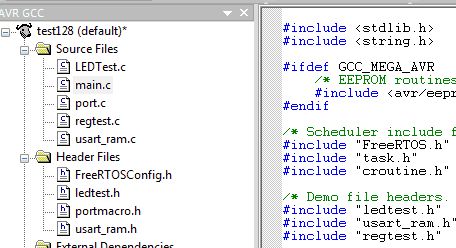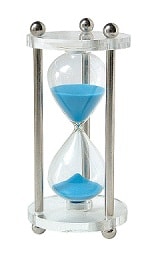When your project grows bigger

Until now, we used pretty simple program examples where all code fit into a single file and didn’t look very complicated. We didn’t care much about programming styles and modularizing. But due time, programs are going to grow bigger and more complex. It may become tough to maintain your code and even more complicated for other developers to read. We should follow some simple rules that make microcontroller programming more fun than scratching along. Split your programs Say you are writing a complex program that deals with LCD, USART, and even more peripherals. To make them all work, you need routines to init, read, write, and change mode. Imagine how many functions your single file would have to hold, and I am not talking about the main routine. It would end up with more scrolling than coding. So, the smart solution is to split your project into several files – libraries.





